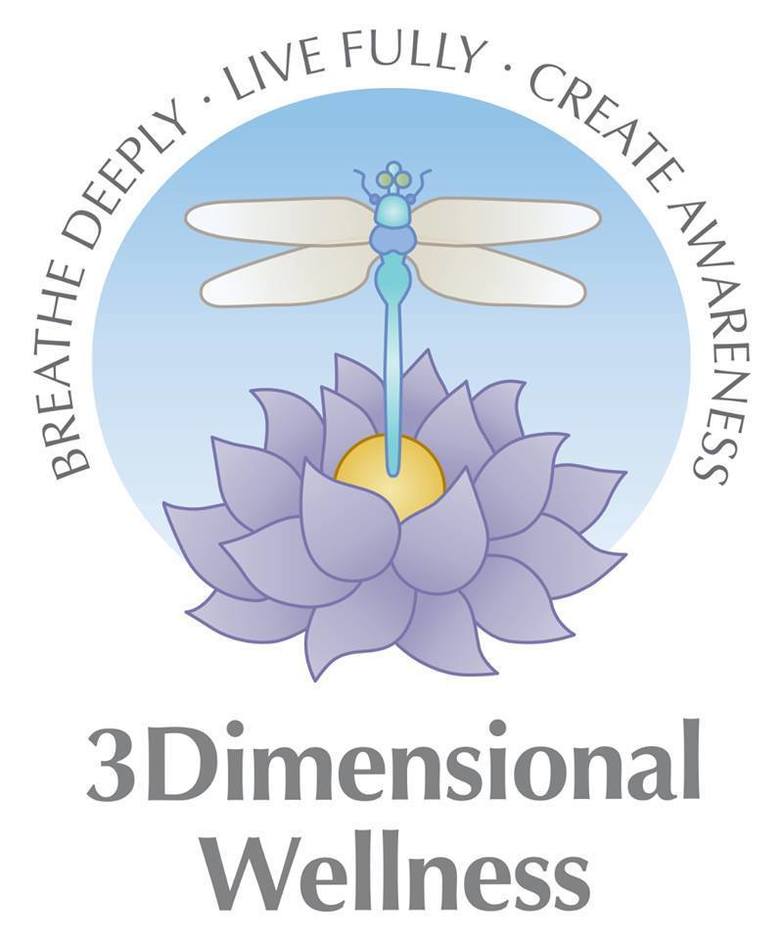Patient Guide Book
Thoughtful Breathing
The 1st step in Pain Control: one breath at a time
The most important rule in relaxation and pain relief is the way that we breathe and the way that we control our breathing. When we breathe with the diaphragmatic breath,we are working with our sympathetic nervous system, the part of our nervous system that allows us to rest and digest. When we are not breathing fully diaphragmatically, we are engaging our sympathetic nervous system which is responsible for our fight and flight response.
Typically, when we are in pain, our sympathetic nervous system is activated because we hold our breath and breathe shallow. What we want to do feels counterintuitive to most people in pain or in stress, and taking a deep breath into the pain actually allows our body to think we are not in pain. It does not always take the pain away but allows the pain to decrease by telling your body that everything is okay.
So, when we begin to breathe, it is really important to sit or lie on your back and just take notice of what your breath is doing. You want to take a breath in and breath out and not look to change anything at all but simply just become aware of your breath. Maybe perhaps placing a hand on your belly and under your chest and just sing when you inhale what rises first and what falls.
Then, what we are going to do is lie down, you can put your knees bent, feet flat, you can slide a pillow or a bolster underneath your knees, place one hand on your lower belly and one hand on your chest near your heart. We are going to slowly begin to breathe inhaling letting your lower abdominals expand bringing that breath up into your chest, into your throat and then exhaling. The inhale is done through our nose. The exhale is done through our nose. Imagine you are taking your breath in that your diaphragm is a balloon and what we want is that balloon to fill up not to go down.
Many times what happens when we are in pain is we also reverse breathe - this means, when we inhale, we suck in our tummies. So, not only are we sucking in our tummies then we are only inhaling a minimum of maybe 30% of our actual oxygen intake.
So, when you inhale, your lower belly gets full, your chest gets full, comes into your throat, exhale. This may take some practice, do not get frustrated. When you begin, I recommend that you start at bedtime lying on your back, pillow underneath your knees just begin to take 10 diaphragmatic breaths, inhaling expanding your belly, moving up to your heart, moving into your throat and exhaling. Ten breaths, be patient with yourself and then you can fall asleep.
I recommend it at bedtime because number one, you could get dizzy and you will be lying down so you do not need to worry. Many times when we are getting the oxygen that we actually need and we are not used to it, our body can respond by becoming dizzy. The other reason is that when you are in bed getting ready to sleep many times especially when we are in pain, we fall asleep in our fight and flight response, not giving our body any time to heal so what we want to do is give our body that time like taking our 10 diaphragmatic breathes and then closing our eyes and falling asleep. This will allow your body and your nervous system to be calm and get some really positive and powerful healing while you are asleep.
by Rachel Horcher

